The Impossible Becomes Possible

Fifty Chosen Articles:
Number Twenty-Eight.
The first of the three international secular AA conferences.
Originally posted in December 2014.
Consistent with its theme of Many Paths to Recovery
the conference was stunningly rich and diverse with fifteen panels, twenty-three workshops and ten speakers.
By Roger C.
It was a something of a miracle, if I may be so bold as to use that word.
Almost three hundred women and men gathered in Santa Monica, California, in early November 2014 for the first-ever convention for atheists, agnostics and freethinkers in AA.
It was, at the very least, an historical event for a fellowship that often understands recovery from alcoholism as rooted in a Higher Power most commonly understood as God.
Busy, busy days
The convention lasted three very busy days. Consistent with its theme of Many Paths to Recovery, it was stunningly rich and diverse with fifteen panels, twenty-three workshops, ten speakers and roughly forty back-to-back AA meetings.
The panels generally had from three to eight people on the stage. The first topic was whether or not spirituality was compatible with agnosticism. Arguing against the use of the concept was yours truly, administrator of the AA Agnostica website. In favour of the use of the word were Marya Hornbacher, author of Waiting: A Nonbelievers Higher Power, and Reverend Ward Ewing, former Class-A Trustee and Chairman of the General Service Board of AA.
The largest panel dealt with the topic of the de-listing of agnostic meetings by Intergroups. At the time of the convention, there were 200 meetings worldwide for AA members who do not attribute their sobriety to an interventionist deity. Thirty-one of these could not get listed or had been removed from meeting lists by the local Intergroup.
The conclusion of the panel was that in today’s world not listing agnostic groups in AA actually played into the law of unintended consequences. Among other results, the groups had their own websites to list their meetings, all easily found via search engines on the Internet. Moreover, the de-listing controversies invariably brought other agnostics and atheists out of the closet, to use a tried and true expression, and there was now an explosion of new agnostic AA meetings, with almost a quarter of the two hundred meetings worldwide having been started in the eight months prior to the convention.
Workshops galore
All of the panels and workshops were held on the Friday and Saturday of the convention. Nine workshops were held on Friday with topics such as: “Women in We Agnostics and Free Thinkers (WAFT)”, “Are We Loving and Tolerant?” and “Starting an Agnostic/Atheist Meeting”. On Saturday, there were fourteen workshops! Some of the topics were: “Emotional Sobriety: The Next Step in Our Recovery”, “What We Can Learn from Other Recovery Groups”, “How Can an Atheist Pray?” and “How to Get Along with Traditional AA”.
It is perhaps worth noting that three of the workshops focused on Buddhism or mindfulness. One was called “Mindfulness in Recovery”; another was labelled “Buddhist Precepts or Vows as They Relate to Recovery”; and the third was called “Mindfulness: Changing Our Neural Pathways for Sobriety”. Indeed, mindfulness – practiced via Buddhism or some version of the Mindfulness Based Stress Reduction (MBSR) program of John Kabat-Zinn – might well be a more contemporary and science-based version of achieving “a personality change sufficient to bring about recovery from alcoholism” and thus moving towards the fulfillment of the 12 Promises as described by Bill Wilson in the Big Book.
A marathon of meetings
While all of these panels and workshops were taking place, back-to-back agnostic meetings were also being held in other rooms of the convention location, the Unitarian Universalist Church. It was an opportunity to learn how AA meetings for atheists are conducted by groups in places like California, Idaho, Illinois, New York, Vancouver, Toronto, Paris, London and Melbourne.
For those new to meetings without “How It Works” and the Lord’s Prayer, it was quite liberating. As one person described it:
For some, like me, it was the first ever experience of an AA meeting not bathed in god and bookended with prayers. The excitement of reading the 12-steps formatted for an agnostic, allowing an atheist to read a version of them without being dishonest or hypocritical: sometimes it felt like just too much of what I had wanted for so long.
Plain and simple, an agnostic or atheist should not be expected to echo the “God” found in several of the Steps. After all, by the very nature of our beliefs, we try not to lie to ourselves. And as the author of the Steps wrote: “A belief in them (the Steps) as they stand is not at all a requirement for membership among us. This liberty has made AA available to thousands who never would have tried at all, had we insisted on the Twelve Steps just as written.” Let’s be clear, though: few of the convention participants want to “change” the original Steps. Those of us who find the Steps helpful, and that is not everybody, simply use our own personal non-theistic interpretations and versions. After all, if God can be “as we understood Him”, then it is not a bit of a stretch to work the Steps as we understand them.
Speak up
There were ten speakers at the convention and they were all wonderful!
John C. described in a lively and engaging fashion the difficulties he encountered as a gay and atheist in traditional AA. He founded three agnostic meetings in Paris, France, and was described as a “beacon of hope” in AA. Ann H. from Santa Monica, California, walked us through how she was able to work the steps as a non-believer with “reasonable and rational thinking” as her higher power. Joan C., the founder of We Agnostics in Maui, Hawaii, felt like she didn’t fit in until she found acceptance and understanding in her own no-prayer home group. Tim M. shared that his attendance at We Agnostics in Los Feliz, California, allowed him to feel honesty and compassion, and enabled him to express without fear and reticence what he believed “brought me alive in my recovery.” Joe C., the founder of Beyond Belief in Toronto, Canada, who kicked off the convention on Thursday morning, said that his respect for both believers and non-believers alike had, over the years, deepened his engagement in the fellowship of AA. Deirdre S. recounted walking into an agnostic meeting in New York and hearing the message that saved her: “This isn’t about God. It’s about showing up and reaching out to others and being of service.” Finally, Michael B., from the London, UK Angel group, shared a message about relapse, sponsorship and the importance of freethinking in meetings which allows people to share honestly and without fear and thus is crucial to upholding the primary purpose of AA.
These were the seven “fellowship” speakers. And then there were three keynote speakers.
The impossible becomes possible
Marya Hornbacher closed off the first day of the Convention. She talked about the miracle of sobriety and summed it up this way: “I think we sober up by some measure of chance, some measure of hope, some measure of sheer desperation and some measure of faith in the possibility of a new kind of life.” She concluded with a tribute to the Convention and its participants: “I am lucky to have found AA in you”.
On the second day, an inspiring talk was given by the General Manager of the General Service Office (GSO), Phyllis H. Her address emphasized the two central tenets of AA:
- That the only requirement for membership is a desire to stop drinking, and
- AA must be as inclusive as possible.
Phyllis remarked that “AA has always been evolving; it is always in a state of becoming” and certainly the convention in Santa Monica was evidence of that reality.
The final speaker, the fellow who ended the Convention, was the Reverend Ward Ewing. By the time he stood up to give his talk the hall was packed. It was a Saturday and standing room only at that point.
Reverend Ewing stands with us in our efforts to gain full acceptance and equal footing within AA. In his remarks, he shared our vision that agnostic, atheist, freethinker and secular meetings should and will inevitably take their place as an integral part of mainstream AA.
As he eloquently reminded us, AA is a place where the impossible becomes possible.
And that was something we could fully appreciate as participants at the first-ever convention for atheists, agnostics and freethinkers in AA in early November, 2014, in Santa Monica, California.
The featured image for this article is a photo by Alyssa S. of the piers along the waterfront in Santa Monica. It was taken while she was enjoying a moment of reflection while at the convention. Thank you, Alyssa.
This was the eleventh article published by AA Agnostica on the convention. The other ten are, in order:
- An AA Convention for We Agnostics (June 16, 2013)
- A Reverent at the Agnostic AA Convention (April 13, 2014)
- The Road to Santa Monica (July 6, 2014)
- Convention Fellowship Speakers (Oct. 19, 2014)
- The Loss of Love and Service of Jonathan Goley (Oct. 24, 2014)
- We Agnostics and Atheists Convention – Day 1 (Nov. 7, 2014)
- We Agnostics and Atheists Convention – Day 2 (Nov. 8, 2014)
- We Agnostics and Atheists Convention – Day 3 (Nov. 9, 2014)
- Workshops at the WAFT Convention (Nov. 19, 2014)
- Atheists and Agnostics in AA will never give up on our fellowship (Dec. 3, 2014)
For a PDF of the article, click here: The Impossible Becomes Possible.


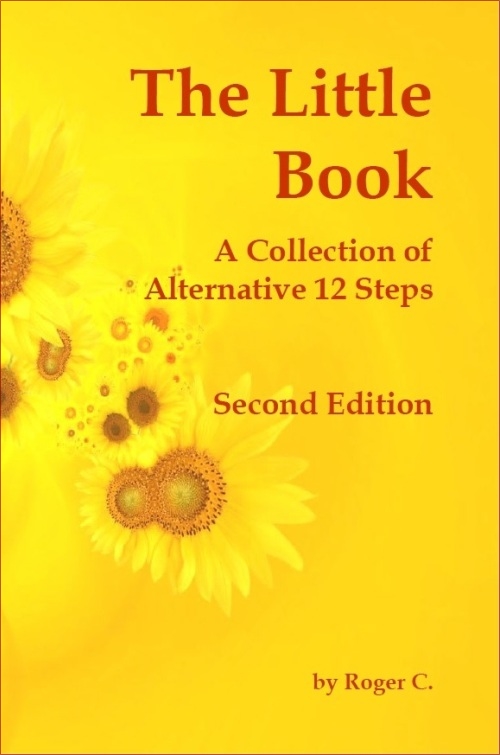
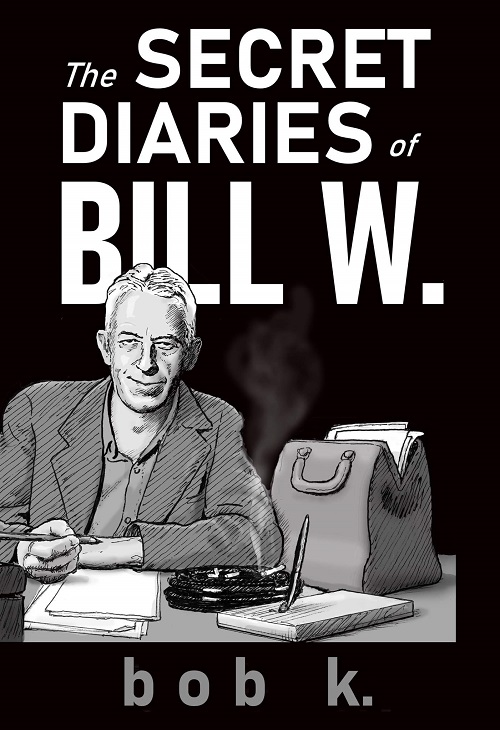
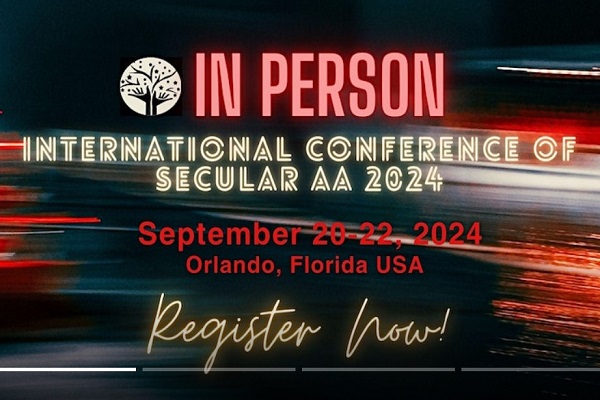
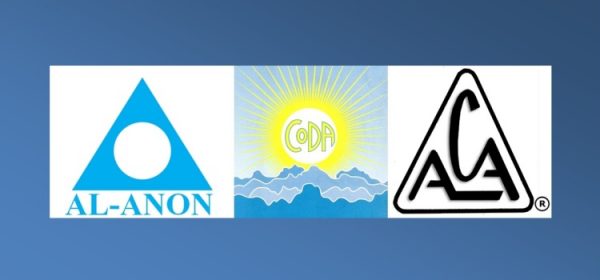

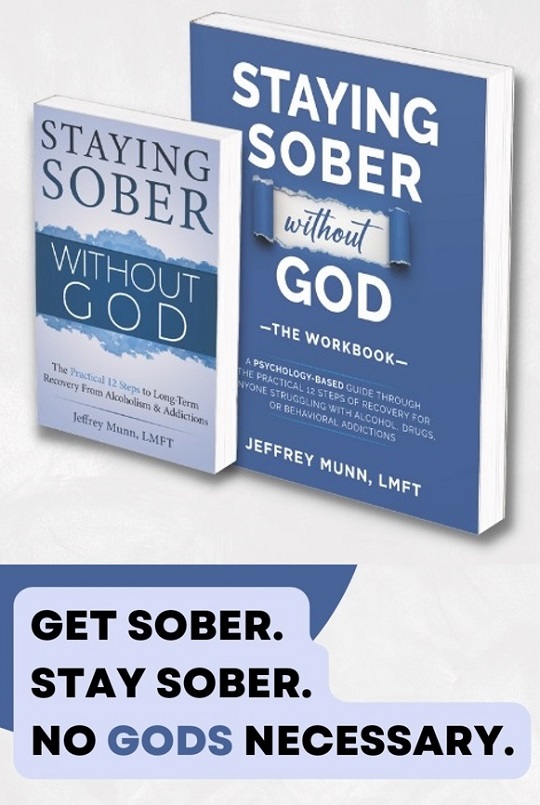
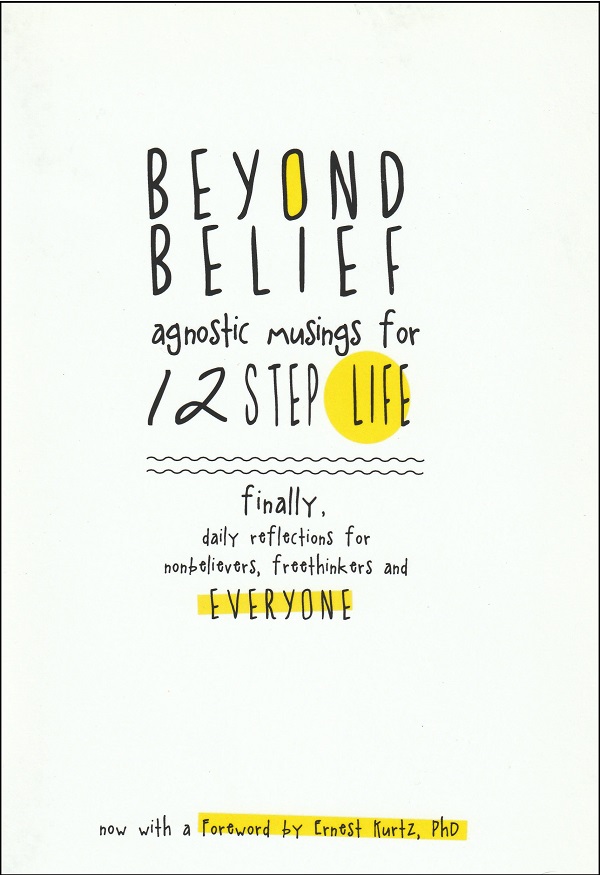

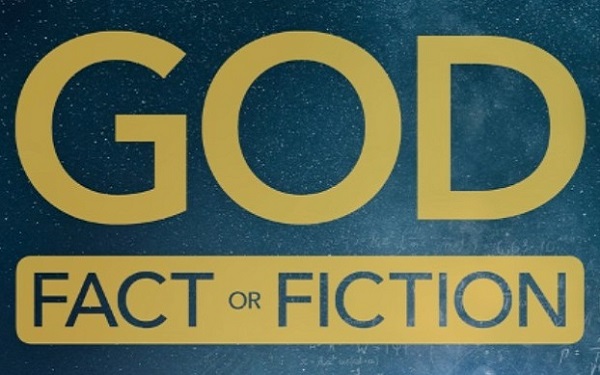
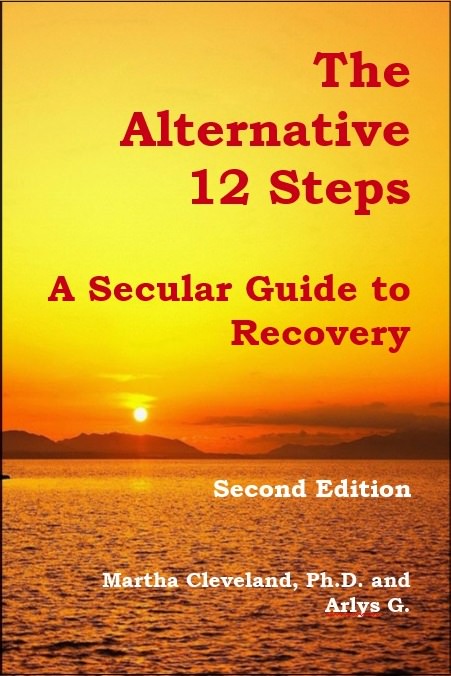
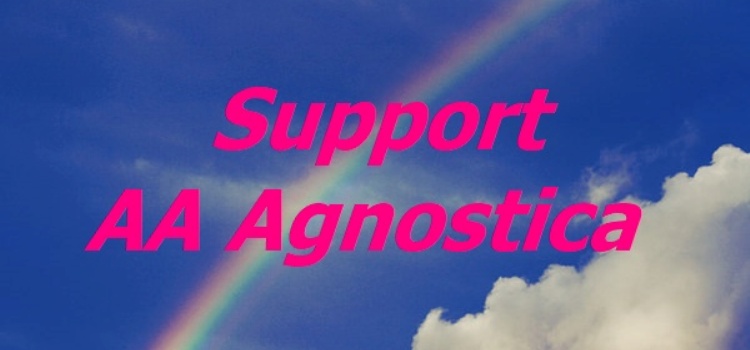

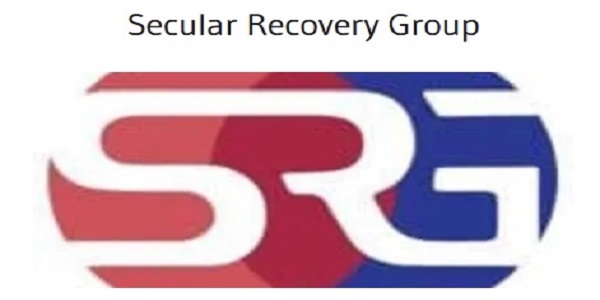
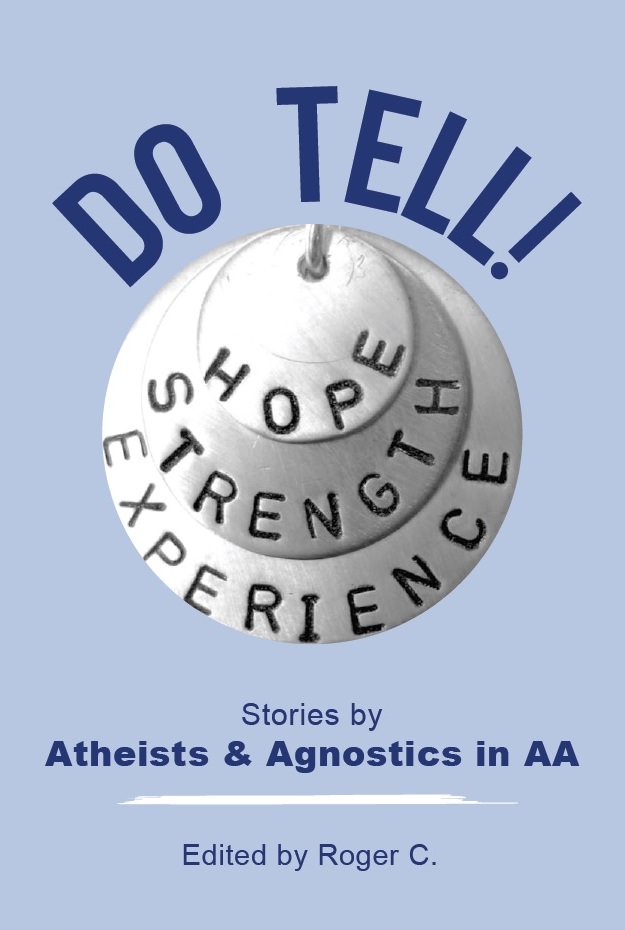
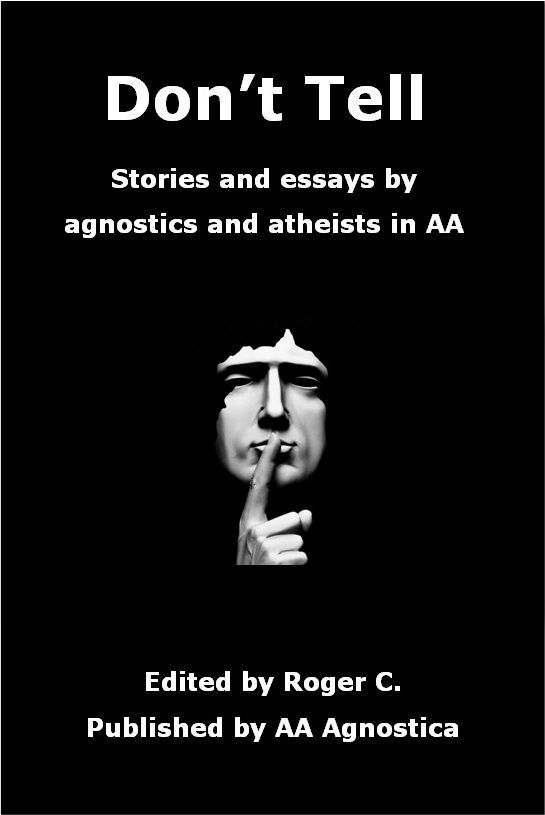
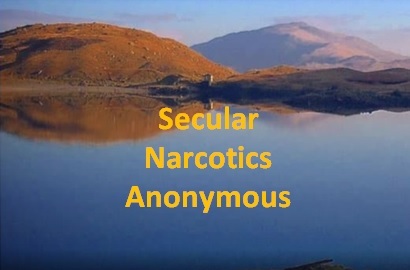

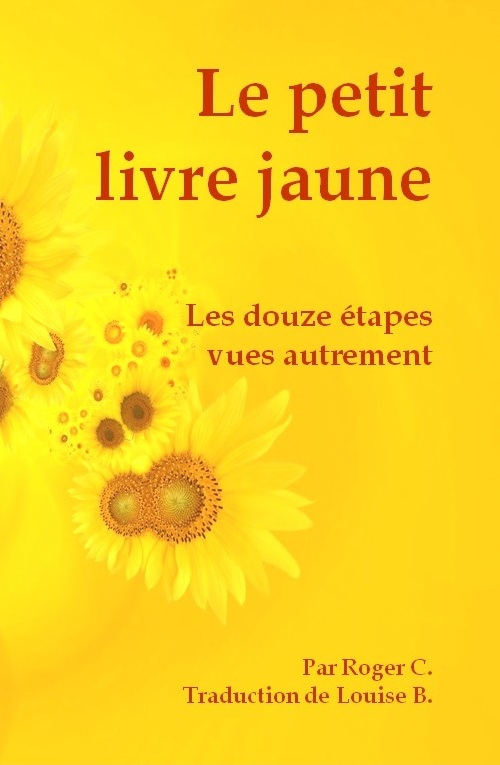
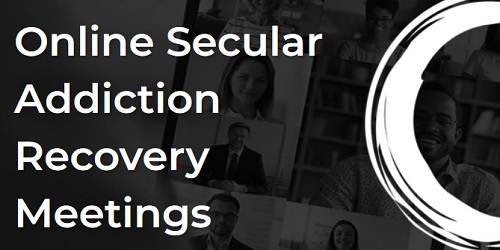
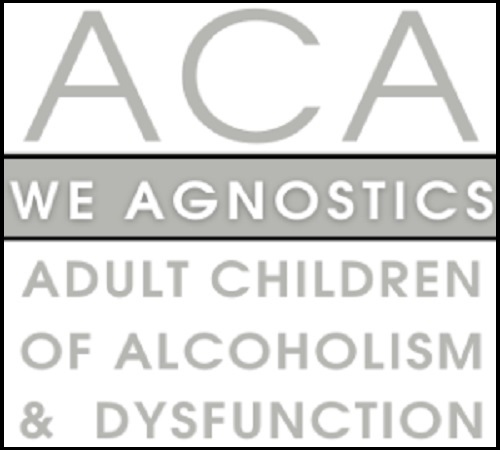


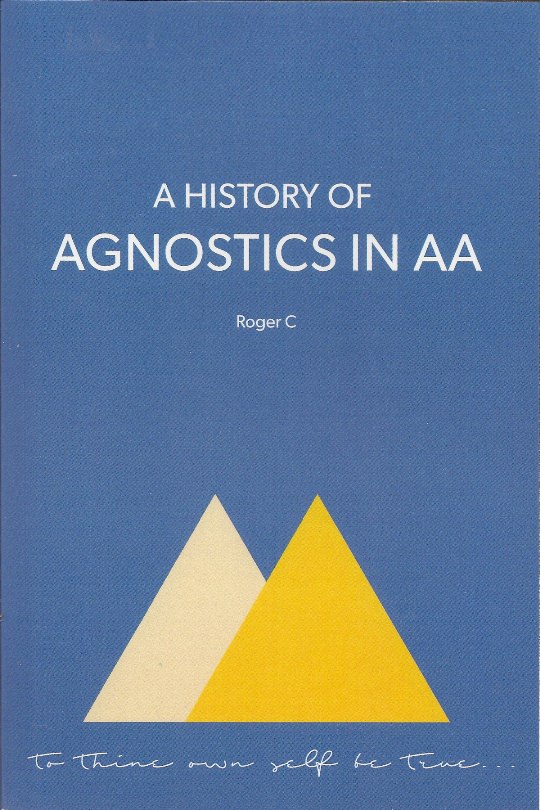
A magical weekend for me. What I most appreciated was being able to listen to John H. being outspoken in a way I had not imagined possible. I attended the meetings he was at just to be able to see how clearly the truth could be spoken out loud. It’s not that Ward and all the other speakers were not inspiring and expressed themselves so much more diplomatically as I’d been trying to do myself. Without knowing it, the Christians had conditioned me to never speak my truth out loud, I guess for fear of offending them or being shunned.
And that sort of describes the magic for me. A huge reduction in my repression which others also reinforced, but were not as direct about.